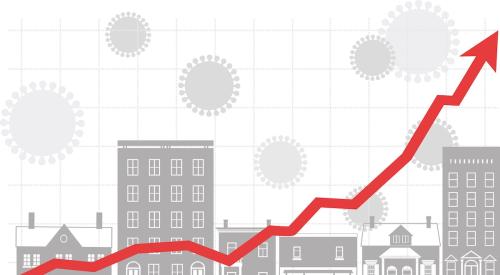The rental market reported a 5.8% decline in the national vacancy rate at the start of 2022 as growing demand and high prices continue to drive up competition and leave little room for affordability. In the third quarter of 2021, the total number of renter households across the U.S. rose by roughly 870,000 since the start of the COVID-19 pandemic, Realtor.com reports. Rising demand can be attributed to housing shortages which turned prospective buyers into renters, and that deficit is now spilling over into the rental market.
As a result, prices are surging, and even existing tenants are struggling to keep up. Roughly 23% of lower-income renters earning less than $25,000 a year owed missed payments throughout the pandemic, and even those who can afford to buy homes with incomes above $75,000 are instead flooding the rental market and finding limited affordability.
Another reason for the surge in demand for rentals is that many would-be homeowners were thwarted by fast-rising prices and a lack of homes for sale. As rents have risen, it’s become harder for renters to save up for a down payment and closing costs. So instead they remained tenants.
They’re also competing with big investors, some of which can make attractive all-cash offers.
More businesses became landlords in 2021 instead of mom and pop investors who own a property or two. The percentage of larger investors, such as hedge and pension funds and large financial companies, purchasing rental properties reached its highest level in two decades, according to the report. About three-quarters of those sales were for single-family homes.













